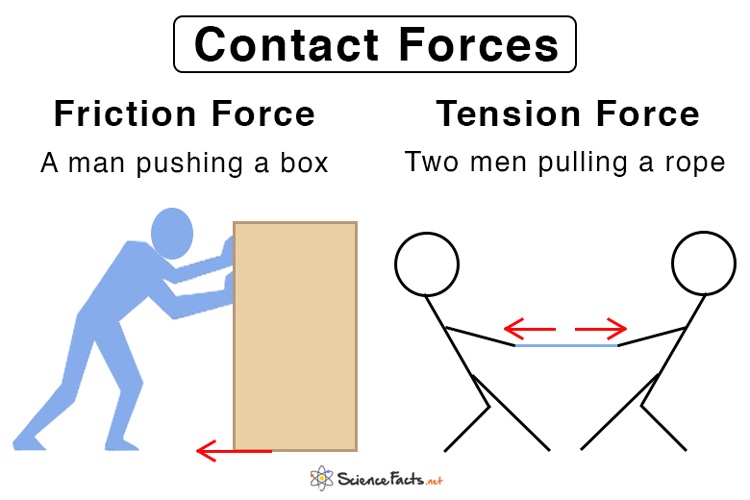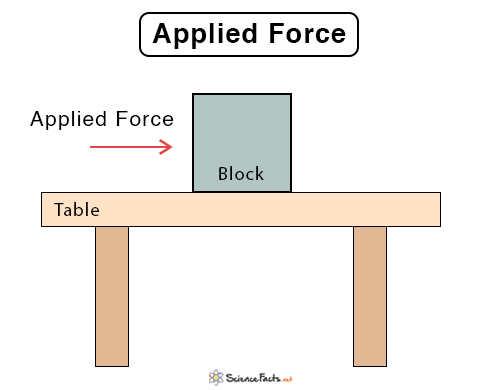Helmholtz Coil
A Helmholtz coil comprises two identical circular wire coils placed parallel, with a specific distance between them. Both coils carry the same electric current in the same direction. When set up this way, they create a nearly uniform magnetic field in the space between them.
This device is named after the German physicist Hermann von Helmholtz, who studied how to generate uniform magnetic fields.
Understanding the Magnetic Field from a Loop
When an electric current flows through a circular wire loop, it creates a magnetic field around it. Along the loop’s central axis, the magnetic field’s strength depends on the distance from the center. This behavior is described by an equation that comes from the Biot-Savart Law:
Where,
– B(x): Magnetic field at a point located a distance x from the center of the loop along the axis
– μ0: Permeability of free space
– I: Current through the wire
– R: Radius of the loop
The magnetic field produced by the loop is axially symmetric, meaning it looks the same in all directions.
This equation shows that the magnetic field gets weaker (decreases) quickly as one moves away from the center along the axis. This rapid drop makes it difficult to create a large region of uniform magnetic field with just one loop, which is why the Helmholtz coil uses two loops in a special configuration.
Configuration
The Helmholtz coil is made by placing two identical circular coils along a common axis so that they face each other. Each coil:
– Has the same radius: R
– Has the same number of turns: N
– Carries the same current in the same direction: I
– Is separated by a distance equal to the radius of each coil: R
The coils are coaxially aligned, meaning they share the same central axis, and the current flows in the same direction through both. This setup ensures that the magnetic fields produced by each coil add up in the central region, producing a nearly uniform field. Outside this region, the field strength decreases smoothly.
Equation
Using the Biot-Savart Law, the magnetic field strength at the midpoint between the two coils is given by:
The factor \( \left( \frac{4}{5} \right)^{3/2} \) (approximately 0.715) comes from combining the magnetic fields from both coils at the center. This factor ensures the field is correctly calculated when the coils’ separation equals their radius. This configuration optimizes the field to remain nearly constant over a small region around the center.
Applications
- Calibration of magnetic field sensors, such as Hall effect sensors, to ensure accurate readings
- Generation of uniform magnetic fields in a small region, useful in various laboratory experiments
- Measurement of the charge-to-mass ratio (e/m) of electrons by observing their motion in a magnetic field
- Magnetic resonance experiments, such as NMR (nuclear magnetic resonance), where a stable and uniform magnetic field is essential
-
References
Article was last reviewed on Tuesday, June 10, 2025








